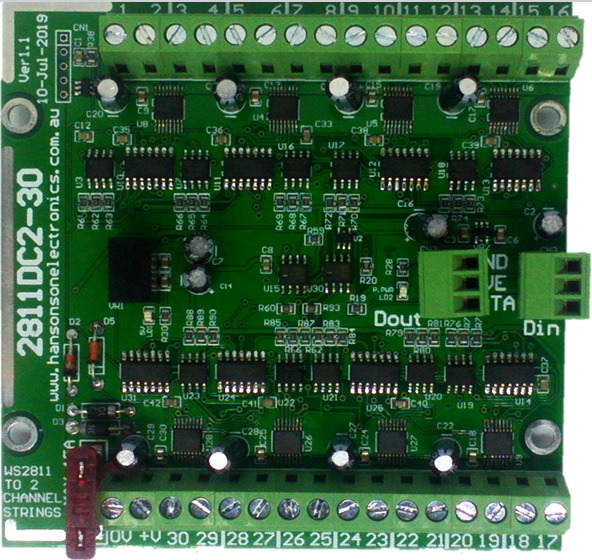LJKMC
New elf
- Joined
- Oct 7, 2021
- Messages
- 5
Hi guys.
This is my first year with lighting "shows" as for many years I have had standard Bunnings dumb led's. BORING. This year I wanted to spruce it up a bit so I purchased an AlphaPix Flex controller and tons of WS2811 strips and strings to replace my existing lights. I've replaced about 80% of my lights but wanted to incorporate some of my existing lights into the show. I'm a software developer by day so I'm familiar with Arduino and are trying to familiarize myself with electronics.
Is there any way to do this. I'm all ears
- Lachlan
This is my first year with lighting "shows" as for many years I have had standard Bunnings dumb led's. BORING. This year I wanted to spruce it up a bit so I purchased an AlphaPix Flex controller and tons of WS2811 strips and strings to replace my existing lights. I've replaced about 80% of my lights but wanted to incorporate some of my existing lights into the show. I'm a software developer by day so I'm familiar with Arduino and are trying to familiarize myself with electronics.
Is there any way to do this. I'm all ears
- Lachlan



